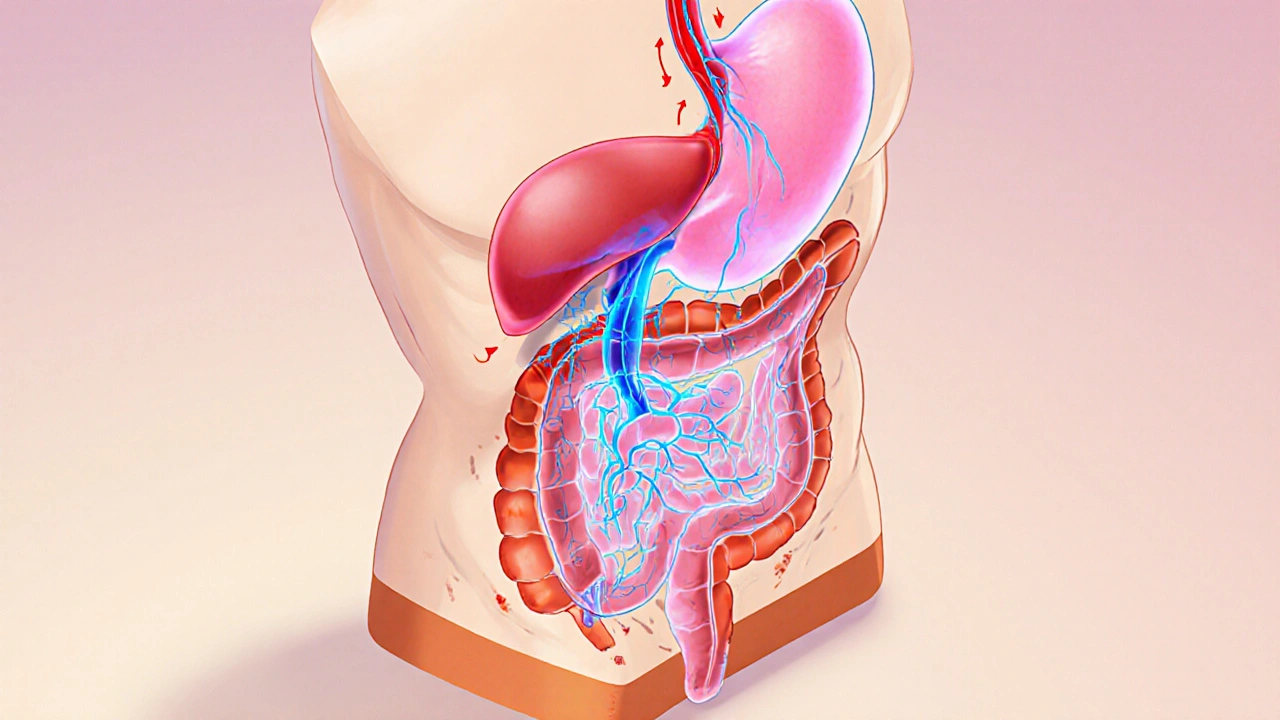Diabetes: Practical Guides, Meds & Tips for 2025
If you or someone you know lives with diabetes, you’ve probably felt the flood of info—some useful, some confusing. Here we cut through the noise and give you clear, actionable advice you can use today.
Quick Look at the Basics
Diabetes means your body struggles to keep blood sugar in a healthy range. Type 1 is an autoimmune issue; the pancreas makes little or no insulin. Type 2 is more common and usually involves insulin resistance—your cells don’t respond well to the insulin you do have. Keeping glucose stable is the goal, and that’s where diet, lifestyle, and medication come together.
We focus on three core steps: monitoring, medication, and lifestyle. Use a reliable glucometer, log readings, and notice patterns. Even a simple spreadsheet can highlight what foods or activities spike your numbers.
Medications You’ll Encounter
One of the most searched drugs on our site is Amaryl (glimepiride). It’s a sulfonylurea that helps the pancreas release more insulin. If you’re considering Amaryl, know the typical dose starts at 1 mg daily and can be adjusted up to 8 mg. Common side effects include low blood sugar (hypoglycemia) and mild stomach upset. Always pair it with a balanced diet and regular check‑ins with your doctor.
Other meds you’ll see in our articles include metformin, GLP‑1 agonists, and insulin pens. Each works differently, so read the specific guide for dosage tips and safety warnings. Our “Buy Amaryl Online” guide also shows how to verify a pharmacy, avoid scams, and compare prices safely.
When a new medication is prescribed, ask about:
- How it fits into your daily routine
- Potential drug interactions (especially with over‑the‑counter supplements)
- Signs of low blood sugar and what to do if it happens
Supplements, Diet & Lifestyle Hacks
People often wonder if supplements can help control blood sugar. The short answer: a few have modest effects, but they’re not a replacement for meds.
Chromium picolinate and berberine are two supplements that show some promise in lowering fasting glucose. However, they can interact with sulfonylureas like Amaryl, increasing hypoglycemia risk. Talk to your pharmacist before adding anything.
For diet, aim for low‑glycemic carbs—think whole grains, beans, and non‑starchy vegetables. Pair carbs with protein or healthy fat to blunt glucose spikes. A simple trick is the “plate method”: half non‑starchy veg, quarter protein, quarter whole grain.
Exercise works fast. A 30‑minute walk after meals can shave 20–30 mg/dL off post‑meal glucose. Even short bouts of activity—like climbing stairs—add up over the day.
How Six Degree Health Helps You Stay Sharp
Our diabetes tag bundles everything you need: drug fact sheets, buying guides, diet tips, and the latest supplement safety info. Use the search bar to jump straight to a medication or topic, or scroll through the list of recent posts for fresh insights.
We keep all content up‑to‑date with 2025 guidelines, so you’re not reading outdated advice. If you have a specific question, our contact page lets you reach out directly to a health‑savvy team member.
Managing diabetes is a marathon, not a sprint. With the right tools, clear medication info, and practical lifestyle tweaks, you can keep your numbers steady and live life on your terms.
-
How Diabetes Triggers Gastrointestinal Problems - Causes, Symptoms & Management
Explore how diabetes affects the gut, the most common digestive problems it triggers, and practical steps to manage them effectively.
-
Forxiga: Revolutionary Diabetes Treatment, Benefits, and Practical Tips
Forxiga is changing how people manage diabetes and heart health. Learn what it is, how it works, its benefits, safety tips, and real advice from daily experience.

